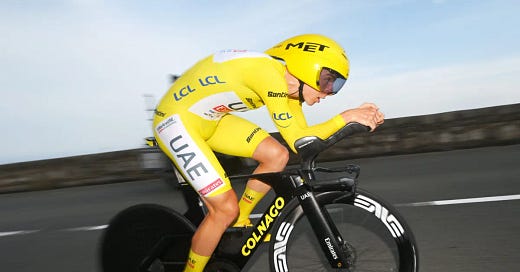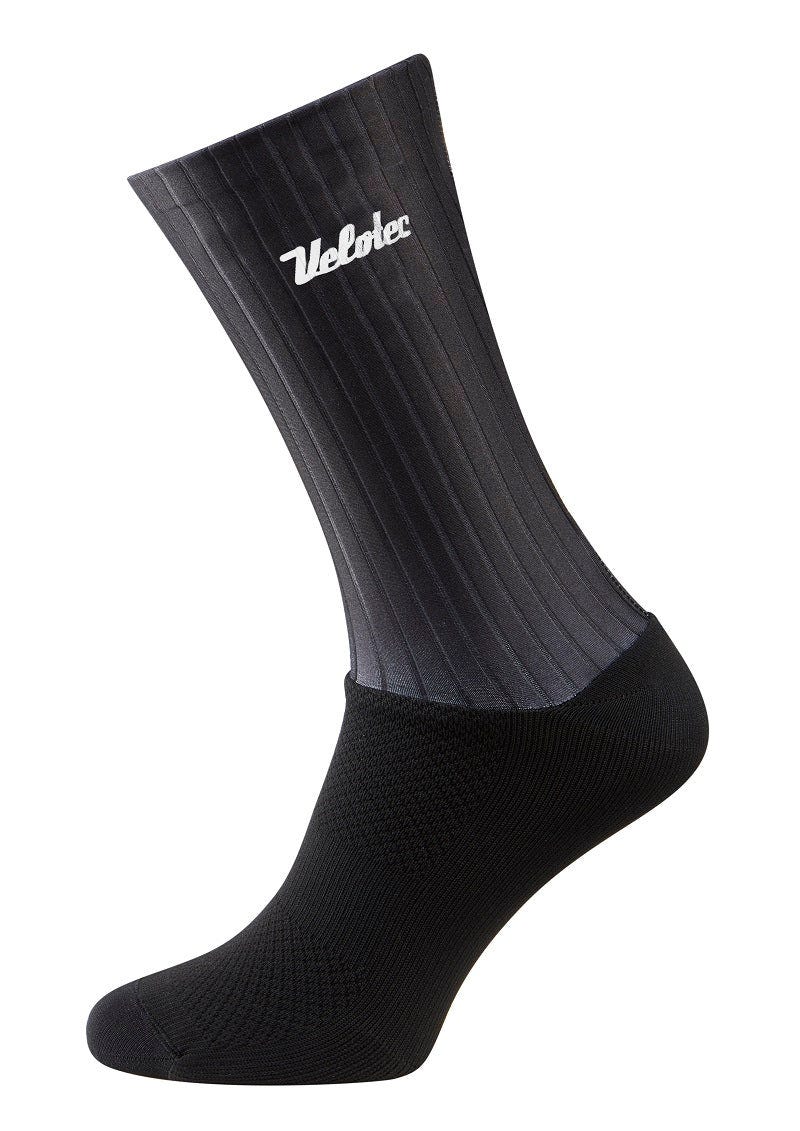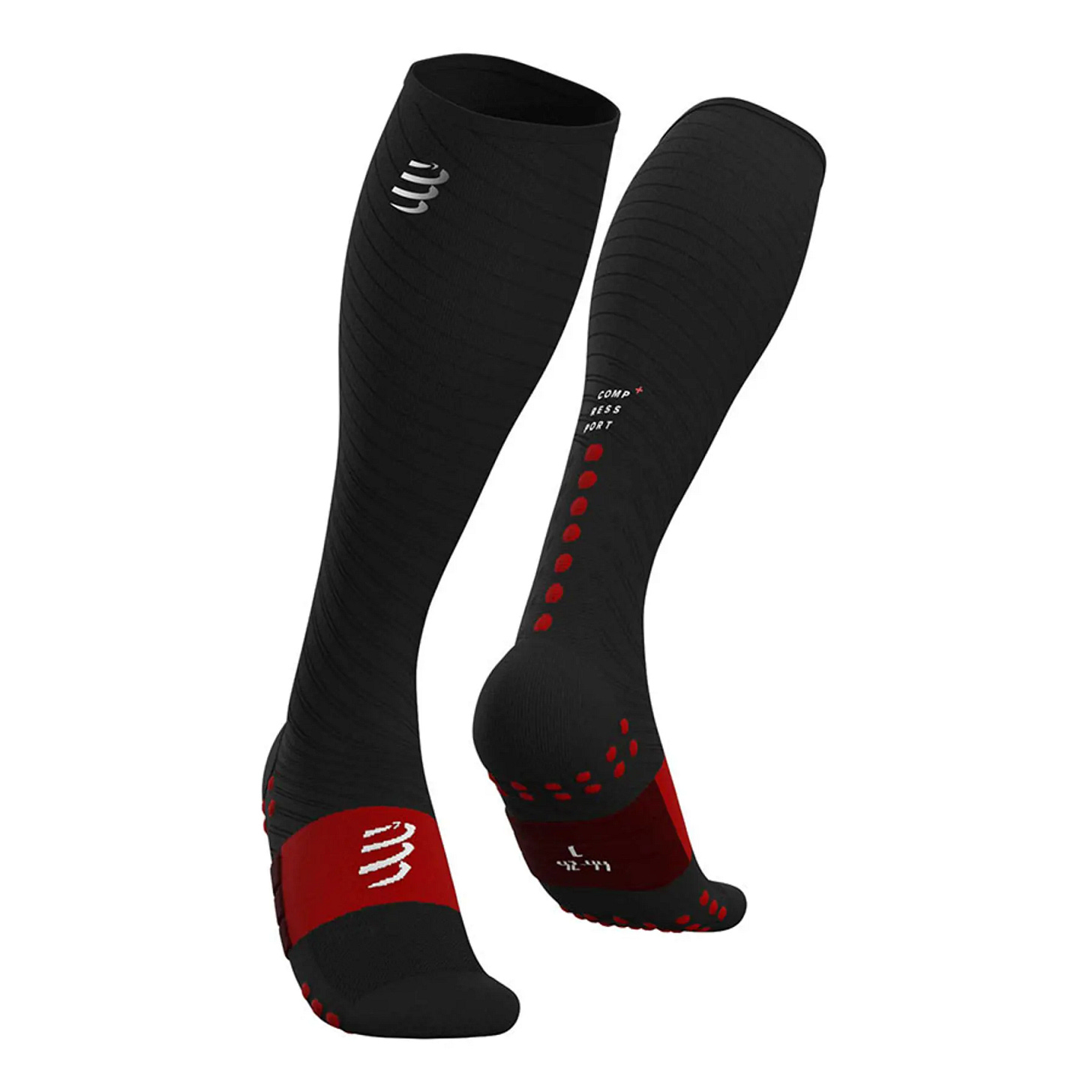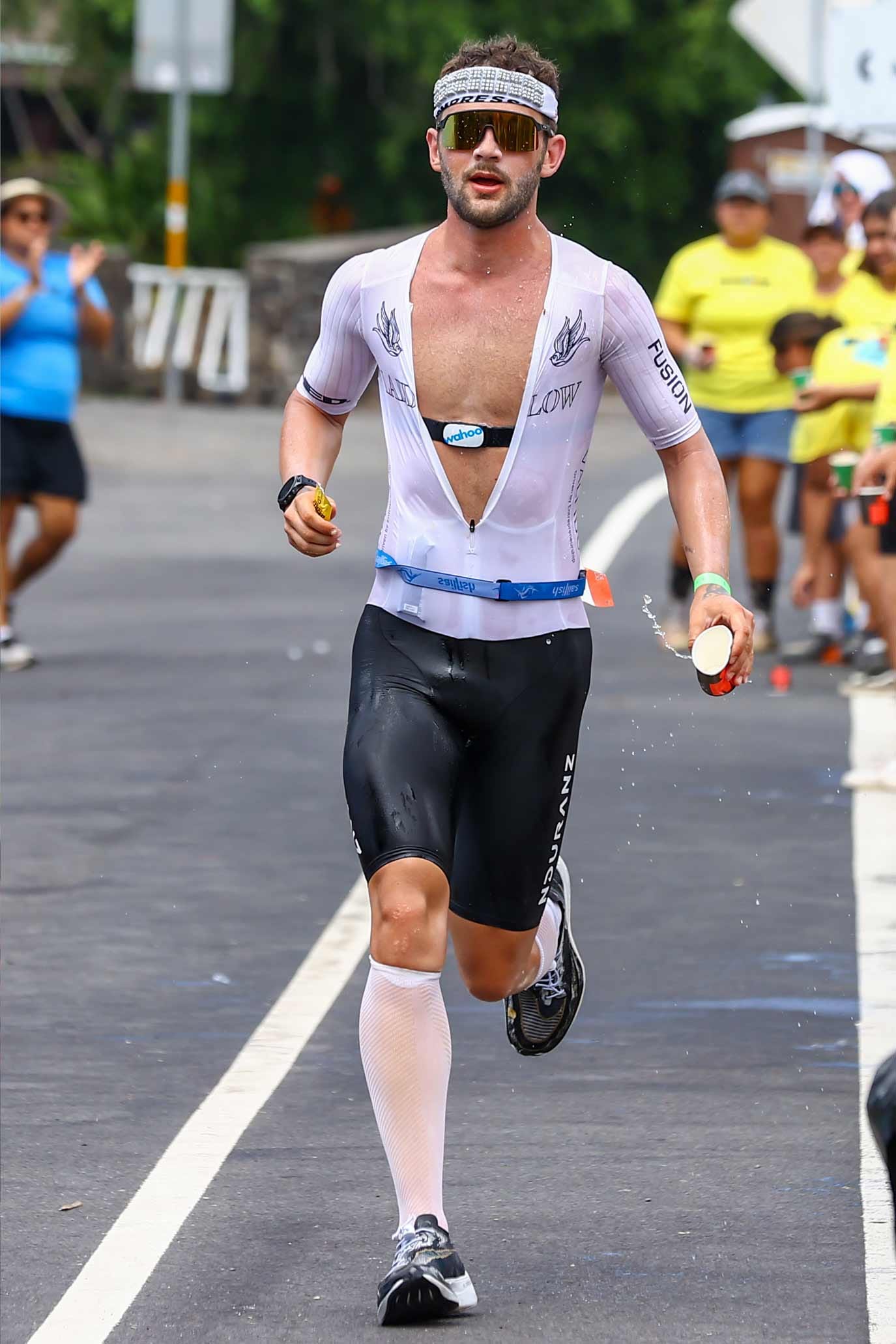Aero High Socks vs Compression High Socks: Which Should You Choose for Triathlon?
High socks have gained popularity in triathlon, particularly aero high socks and compression high socks. But which type is best for your race-day performance?
In triathlon, every detail matters. From your bike’s aerodynamics to your running shoes, optimizing gear can shave precious seconds off your time. One area often overlooked is socks. Let’s dive into a comparison, focusing on the bike leg and the run, and explore what science and top brands have to offer.
What Are Aero High Socks?
Aero high socks are designed to reduce drag on the bike. Typically made from smooth, aerodynamic materials, they create a streamlined surface to minimize air resistance.
Key Features:
Aerodynamic material: Often made from textured fabrics similar to time trial suits.
Tight fit: Ensures the sock stays in place and reduces flapping.
Height compliance: Meets UCI and triathlon regulations for sock height, which is critical in competitive events.
Benefits on the Bike:
Reduced drag: Studies show that aero socks can save up to 8-12 watts at speeds of 40 km/h, translating to significant time savings over long distances.
Lightweight: Designed to be breathable and non-restrictive.
Top Brands and Models:
Velotec Aero Socks: Popular among time trialists for their proven aerodynamic benefits.
Castelli Fast Feet Socks: Designed with pro cyclists in mind, offering a balance of comfort and speed.
Rule 28 Aero Socks: Known for their wind tunnel-tested performance.
What Are Compression High Socks?
Compression socks are designed to improve circulation and reduce muscle fatigue. They apply graduated pressure, with the highest compression at the ankle, decreasing as it moves up the leg.
Key Features:
Graduated compression: Promotes blood flow and reduces swelling.
Moisture-wicking: Keeps feet dry during long efforts.
Cushioned footbed: Adds comfort for running.
Benefits on the Bike and Run:
Improved recovery: Studies suggest compression socks can reduce muscle soreness post-exercise.
Reduced fatigue: Enhanced circulation helps delay the onset of muscle fatigue, particularly during long races.
Support for calves: Reduces vibrations and microtrauma to calf muscles, which is beneficial for both cycling and running.
Top Brands and Models:
2XU Compression Socks: A favorite among endurance athletes for their durability and effectiveness.
CEP Compression Socks: Known for their precise fit and medical-grade compression.
Compressport Full Socks Race & Recovery: Combines race-day performance with recovery benefits.
Aero vs. Compression: The Science
On the Bike:
Aerodynamics: Aero socks have a clear advantage, as they are specifically designed to reduce drag. A 2020 study published in Sports Engineering highlighted that aerodynamic socks can save 1-2 seconds per kilometer compared to standard socks or bare skin.
Circulation: Compression socks don’t offer significant aerodynamic benefits but can help maintain circulation during extended periods in the aero position, potentially reducing numbness or swelling.
On the Run:
Fatigue Reduction: Compression socks shine here. A 2016 study in the Journal of Strength and Conditioning Research found that runners wearing compression socks reported lower levels of perceived exertion and muscle soreness during and after a marathon.
Transition Impact: Aero socks don’t provide the same muscle support, which might leave your calves more fatigued for the run.
When to Choose Aero High Socks
Prioritize speed on the bike: If you’re competing in a flat or bike-heavy course, the aerodynamic gains from aero socks can be a game-changer.
Shorter distances: For sprint or Olympic triathlons, where the bike leg is a larger proportion of the race, aero socks make more sense.
When to Choose Compression High Socks
Focus on endurance: For Ironman or 70.3 races, the cumulative benefits of reduced fatigue and better recovery can outweigh the minor aerodynamic losses.
Hilly courses: If the bike leg involves significant climbing, compression socks can help sustain calf performance for the run.
Can You Combine Both?
Some brands are exploring hybrid socks that offer mild compression with aerodynamic properties. While these are still emerging, they may offer a balanced solution for triathletes looking for the best of both worlds. An example is Compressport’s Full Socks Race Oxygen white.
Recap
For the Bike: Aero socks are ideal if you’re chasing marginal gains and want to optimize your time trial performance.
For the Run: Compression socks provide better muscle support and recovery benefits, particularly for long-distance races.
Ultimately, your choice depends on your race goals, distance, and personal preferences. Whichever you choose, practice wearing them in training to ensure they’re comfortable and race-ready.
Both aero high socks and compression high socks have their place in a triathlete’s arsenal. By understanding their strengths and weaknesses, you can make an informed decision that aligns with your race strategy. Whether you’re flying through the bike leg or conquering the run, the right pair of socks can make all the difference.







